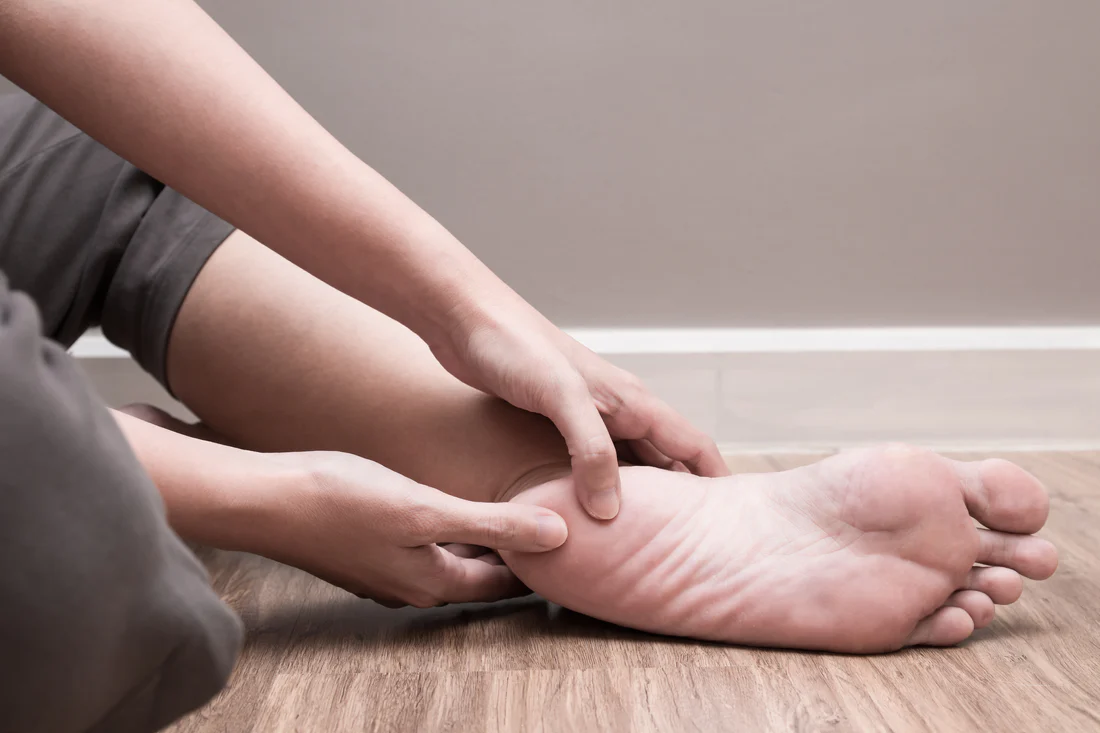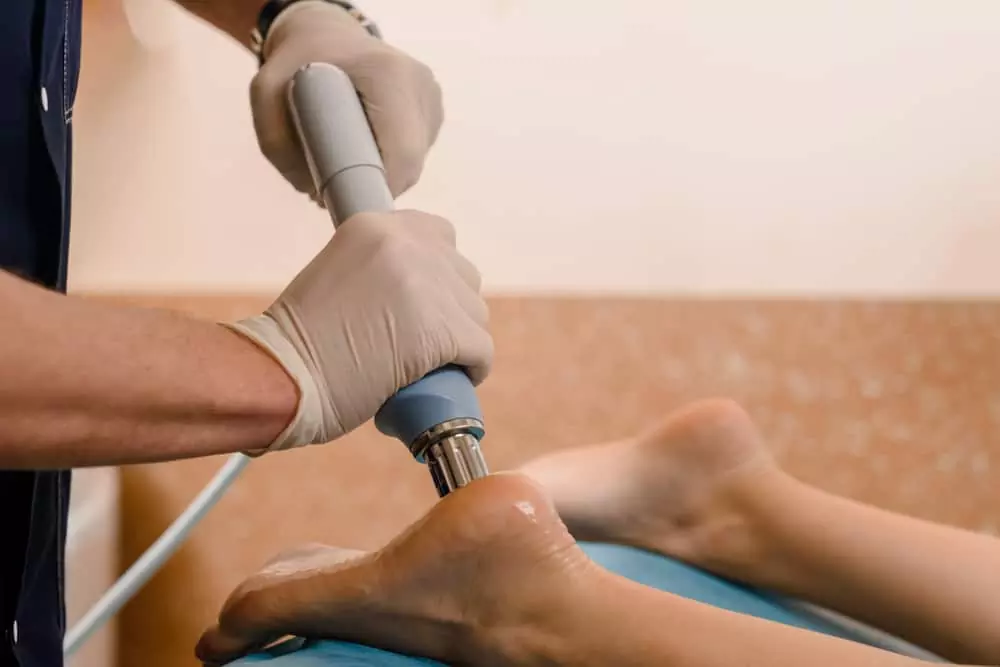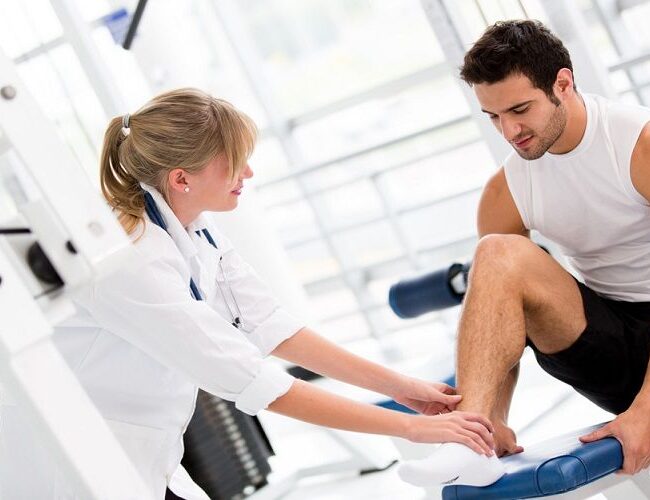- Sports Med U Newsletter
- Posts
- New Study Reveals Key Factors for ACL Graft Rupture Risk 🦵🔍
New Study Reveals Key Factors for ACL Graft Rupture Risk 🦵🔍
Sports Med U | Educating Minds, Elevating Potential
Return to Sports: A Risky Business? A Systematic Review with Meta‐Analysis of Risk Factors for Graft Rupture Following ACL Reconstruction
Cronström, A., Tengman, E. and Häger, C.K., 2023. Return to sports: a risky business? A systematic review with meta-analysis of risk factors for graft rupture following ACL reconstruction. Sports medicine, 53(1), pp.91-110.
In today’s letter
Risk factors for re-rupture post ACLR
Analogy soft tissue healing
Rapid Results = Risk factors include High activity level (Tegner score ≥ 7) | Young age (< 18-30 years) | Increased lateral tibial slope | Lower psychological readiness | Surgery within 12 months | Returning to pre-injury activity level | Family history of ACL injury.
Professional take away = Focus on neuromuscular and reactive training early in rehab phase AND take into account patient/athlete emotional state
Bite-size study – Infographic style!

Deeper look
Aim of study
To Identify and measure risk factors connected with the likelihood of experiencing a future ACL graft rupture, The study explored various aspects, including demographics and personal attributes, injury history, the timing of surgical interventions, physical activities, biomechanical factors, joint structure, skeletal development, functional parameters, and patient-reported outcomese
Background info
ACL injuries are common in athletes, often causing functional limitations, hindering their return to sports, and even ending their athletic careers.
Surprisingly, about 10% of individuals under 25 who successfully returned to their pre-injury activity level after ACL reconstruction experienced a second ACL injury in the same knee.
A follow-up graft rupture can lead to a significant decline in both function and quality of life, while also increasing the risk of early-onset knee osteoarthritis.
Currently, the risk factors associated with graft rupture are not well understood or studied extensively.
Notable risk factors for the initial ACL injury include being female, having increased joint laxity, and displaying irregular neuromuscular and biomechanical movement patterns, such as poor control of the trunk and lower extremities, along with higher forces upon landing.
Methods
A systematic review with a meta-analysis
Involved the evaluation of 310 research studies. 117 of these studies were selected for analysis, collectively encompassing data from 133,000 individuals
Results | Risk factors
The researchers conducted multiple meta-analyses, each involving a varying number of studies ranging from two to 73, to investigate 42 potential risk factors for graft rupture after ACL reconstruction.
These risk factors were assessed for their quality of evidence using the GRADE system, with 16 of them being rated as moderate quality, 12 as low quality, and 14 as very low quality.
Seven key factors were identified as significantly increasing the odds of future graft rupture after ACL reconstruction:
High activity level, especially with a Tegner score of ≥ 7 compared to < 7 at the primary injury (moderate quality evidence).
Young age, with odds 2.6–3.5 times higher for those aged < 18–30 years compared to those ≥ 18–30 years (low to moderate quality evidence).
Increased lateral tibial slope (very low quality evidence).
Lower psychological readiness (very low quality evidence).
Surgery within 12 months compared to surgery ≥ 12 months post-injury (moderate quality evidence).
Returning to pre-injury activity level (moderate quality evidence).
A family history of ACL injury (moderate quality evidence).
Results | Factors that “seem” to decrease re-rupture rate
Certain factors were found to decrease the odds of graft rupture:
Higher age (moderate quality evidence).
Female sex (low quality evidence).
Better pre-reconstruction score on the Knee Injury and Osteoarthritis Outcome Score (KOOS) (low quality evidence).
Accompanied cartilage injury (moderate quality evidence)
Results | Factors that are not associated with re-rupture
High BMI
Smoking status
Contact versus non-contact injury mechanism
Medial tibial slope
General joint laxity
Pre-reconstruction KOOS score
Timing of surgery (≥ 3 vs. < 3 months or ≥ 6 vs. < 6 months)
Number of physical therapy visits
Timing of return to sport (≥ 6 vs. < 6 months),
Playing soccer compared with other sports
Hop performance
Quadriceps strength / hamstring strength
Knee abduction after return to sport
Discussion key points
In a systematic review and meta-analysis, moderate quality evidence links graft rupture to higher pre-injury activity levels, younger age (< 20 years), family history of ACL injury, surgery within 12 months, and successful return to sport (RTS).
Factors like smoking, joint laxity, timing of RTS, kinematics, knee muscle strength, and hop performance were not significantly associated with future graft rupture
Tibial slope
A higher lateral tibial slope is linked to an increased risk of graft rupture, possibly due to its impact on anterior tibial movement and internal rotation during physical activities. There's no such connection with the medial slope.
The greater lateral tibial slope is thought to cause increased anterior tibial movement and internal rotation during functional activities, potentially raising the strain on the ACL

Activity level
Having a pre-injury Tegner score of ≥ 7, signifying a high activity level, was linked to the highest odds of experiencing a graft rupture.
After ACL reconstruction, returning to the same activity level as before the injury was associated with nearly twice the odds of future graft rupture. However, the timing of the return to sport (less than 6 months vs. 6 months or more) and playing soccer versus other sports were not found to be associated with graft rupture
The Tegner and Lyshome knee quastionnaires - Click here
Younger age
Confirming a recent meta-analysis, this review found that being younger is a risk factor for graft rupture.
Specifically, individuals under 20 years old had 3.53 times higher odds of experiencing a future graft rupture compared to those over 20 years old. This heightened risk in younger individuals may be partly attributed to ongoing anatomical and neuromuscular development during adolescence.
Furthermore, athletes under 20 years old often participate in high-level sports and tend to return to sports without achieving optimal knee function, which could further elevate their risk of graft rupture
Genetics
Individuals who had a family history of ACL injury, including parents or siblings with such injuries, had an increased risk of experiencing graft rupture compared to those without such a family history.
This trend was observed in both adults and younger individuals.
These higher odds of graft rupture among those with a family history might be due to specific gene variations (polymorphisms) and/or the inheritance of anatomical, biomechanical, and neuromuscular factors that influence ACL injury risk
Joint laxity
This review did not discover a connection between general joint laxity and the risk of graft rupture.
However, a study by Hewett et al. detailed the case of two fraternal female twins who both experienced ACL injuries. They observed that these twins exhibited increased joint laxity, changes in joint biomechanics during movement (like increased knee abduction and decreased knee flexion), and altered patterns of muscle activation, indicating a possible link between joint laxity and ACL injuries.
Timings of surgery after ACL tear
Undergoing ACL reconstruction (ACLR) within 12 months after injury increased the chances of experiencing graft rupture by 87% compared to those who had delayed surgery (12 months or more).
This result suggests that individuals who opt for early reconstruction may have a higher post-operative activity level, while those delaying surgery for a year or more might have lower pre-injury activity levels or may not return to their pre-injury activity level. This lower activity level in the delayed group could potentially reduce the strain on the knee, lowering the risk of graft rupture.
Additionally, those who delay surgery may include a subgroup of individuals known as 'copers,' who can return to sports with excellent knee stability after ACLR, and studies have shown that these copers have a higher chance of rehabilitation success and a lower graft rupture rate, which could explain this result.
Gender
Contrary to earlier research suggesting that being female increases the risk of primary ACL injuries and chronic ACL injuries, our current review found that females had lower odds of experiencing graft rupture when analyzing both adults and children and adolescents together.
This aligns with a recent systematic review that also reported that females had a lower absolute risk of graft rupture compared to males.
Potential factors explaining this difference could include hormonal variations between sexes, as well as differences in neuromuscular aspects like muscle activation patterns and postural control, which may contribute to the higher susceptibility of ACL injuries in females.
When we conducted subgroup analyses, the data showed that in adults alone, there was no notable sex difference in the likelihood of graft rupture.
However, the odds for females decreased even further when we focused on individuals aged 19 and younger. This suggests that the apparent sex difference in graft rupture risk is primarily driven younger individuals.
It's worth noting that young males tend to return to sports earlier, more frequently, and at higher levels compared to their female counterparts. This difference in return to sport behavior might explain why young males had higher odds of graft rupture than young females.
Return to sport
In the current review, we observed that in the subgroup of children and adolescents, returning to sport did not have a significant impact on the risk of graft rupture, which raises questions about the previously suggested hypothesis.
However, it's important to note that this specific subgroup analysis, focusing on the effects of return to sport, was based on a limited number of studies, which might influence the overall interpretation of the results
Readiness to play
Lower psychological readiness to return to sports (measured by ACL Return to Sport scale) 9-12 months after surgery was associated with a higher risk of graft rupture.
Kinesiophobia (fear of movement) was linked to an increased risk of graft rupture.
These findings emphasize the need to address psychological factors in Knee rehabilitation
No significant association was found between hop tests or muscle strength and graft rupture.
However, a lower hamstring-to-quadriceps ratio upon return to sports was connected to a higher risk of graft rupture.
The limited number of studies available for analysis highlights the need for more research on consistent measures of psychological and sensorimotor factors as potential graft rupture risk factors. Future studies should focus on standardized, responsive measures that can be influenced by training and intervention
Non-risk factors
Previous research suggested that individuals with higher BMI and smokers may have lower post-ACLR activity and function.
However, our study found no direct link between BMI or smoking status and the risk of future graft rupture.
Excluding one biased study, having a BMI over 25 kg/m2 appeared to reduce the risk of graft rupture, indicating a need for further investigation.
Factors such as knee movement patterns, muscle strength, hop performance, and self-reported knee confidence have been associated with second ACL injuries, but data on graft rupture as an independent factor were limited in our review.
Few eligible articles specifically examined objective and self-reported function as risk factors for graft rupture, partly due to the combination of graft rupture and chronic ACL injuries in pooled data
The quick conclusion
According to the results from this review, the aspects of being a highly active sport athlete, < 20 years, male, and having low psychological readiness to RTS were among the factors associated with higher odds of graft rupture
Limitations
This review incorporates diverse definitions of graft rupture, including clinical, MRI-verified, and revision surgery cases, which may impact our meta-analysis results.
Relying solely on revision surgery for outcome measurement might underestimate graft rupture rates, especially for those choosing non-surgical treatment for their second injury.
We combined studies involving both males and females and various age groups but conducted subgroup analyses to address potential differences between children and adolescents and adults.
The studies we included used different grafts and surgery techniques for ACL reconstruction.
Since many studies encompassed mixed graft types and surgery techniques or lacked information about graft type, we opted not to perform subgroup analysis for graft type
Clinical use
Clinicians should be ready to address the unique needs of highly active young athletes, integrating psychological aspects into ACLR rehabilitation
Post-ACLR, athlete recovery efforts should prioritize a safe return to sports, acknowledging the substantial re-injury risk among athletes. Patience is crucial during this process.
Early rehabilitation should incorporate neuromuscular control and reactive training, (Click the link for example exercises)
Encouraging athletes to express their concerns and worries, along with providing education and showing compassion, fosters trust and rapport, making athletes more at ease. Objective psychological readiness assessments like ACL-RSI questionnaires can be useful.
Pay special attention to hamstring training
What’s new in sports Med U
Meme of the week

Like what you see?
Check out our articles!



Reply